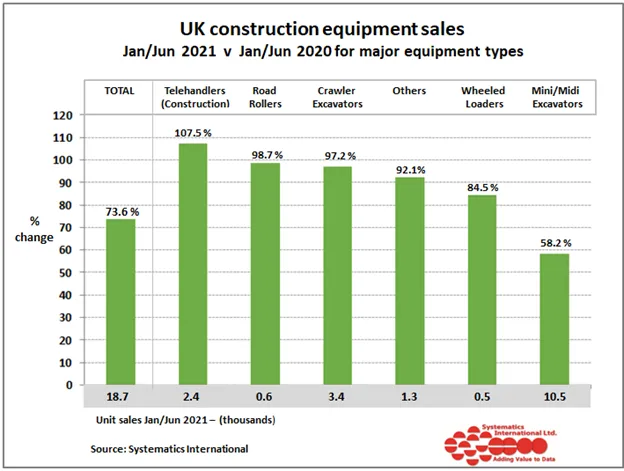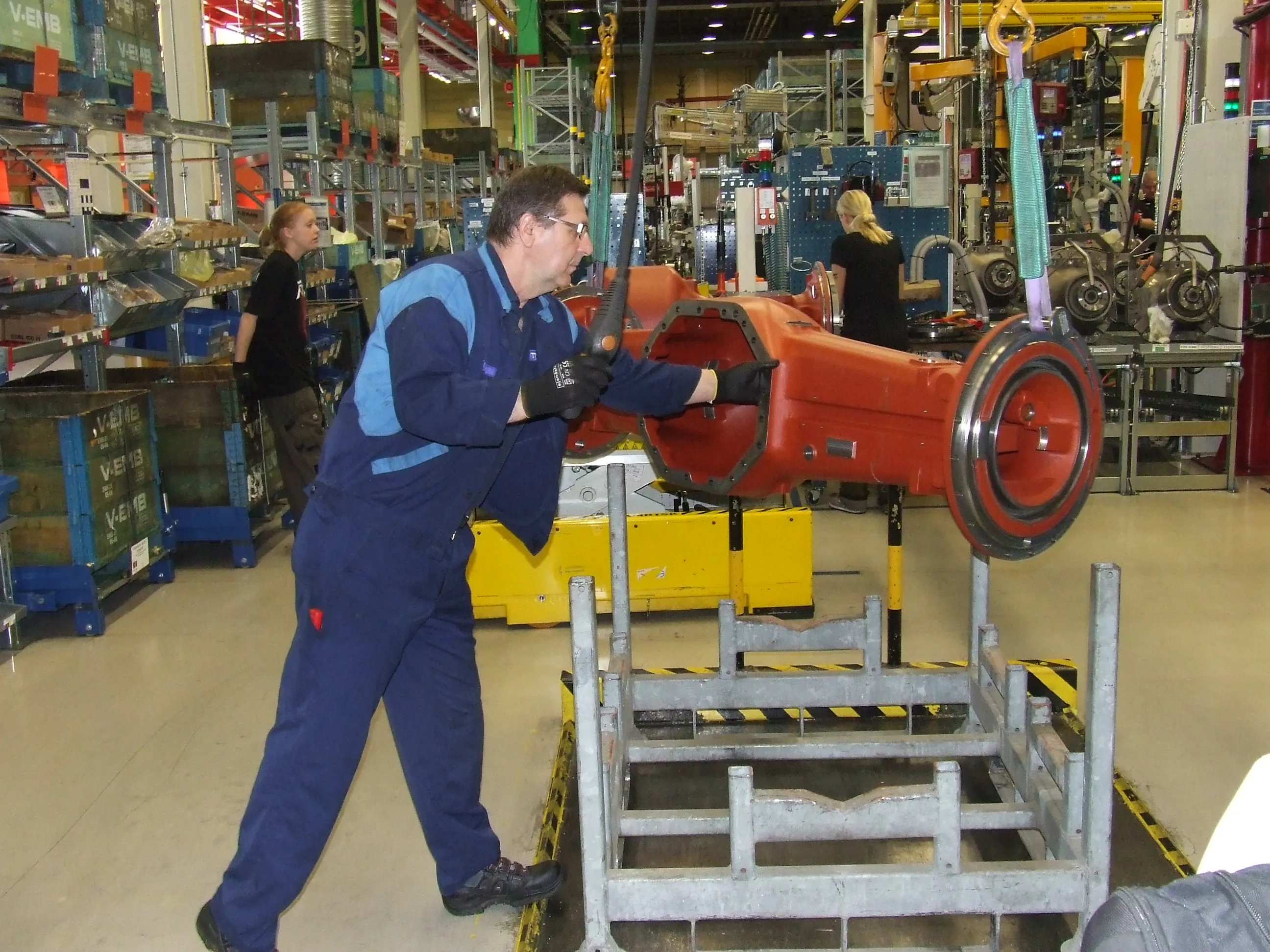RSSThe global market for construction aggregates is projected to advance to 51.7 billion tonnes in 2019, representing an annual growth rate of 5.2%, according to a new study by the
Titled World Construction Aggregates, the new research says residential building applications for aggregates will be driven by upturns in the housing markets of developed countries and by rising personal incomes in developing countries, which will spur demand for more modern housing. The study also notes how rising personal incomes will create requirements for additional commercial, industrial and retail space. Furthermore, the Freedonia research also states how infrastructure investment across the globe will bolster non-building construction related aggregates sales.
Meanwhile, according to the new study, demand for crushed stone and alternative aggregates -- such as recycled concrete, fly ash, and slag -- will expand at twice the pace of sand and gravel in the near term. Sand and gravel reserves are shrinking across much of the world, notes Freedonia, and illegal sand mining plagues a number of developing markets that have rapidly growing sand consumption requirements. “As efforts to curb illegal mining activities have been largely unsuccessful, sand and gravel reserves in many countries are expected to be depleted at a rapid pace through 2019,” notes analyst Zoe Biller. This, Freedonia concludes, will result in price hikes, especially in urban centres where demand for aggregates is sizable, and will lead construction firms to turn to more favourably priced items.
Gains in construction aggregates demand will be fastest in the Asia/Pacific region, with India, Indonesia, Vietnam, and Malaysia recording the most rapid increases, the study predicts. Although growth in the Chinese market will slow going forward, China is tipped in the study to remain by far the largest national consumer of aggregates in 2019, representing nearly half of all global sales. The Africa/Mideast region will also record rapid growth, with all major national markets recording gains above the world average. An improvement in the US construction industry will, says the Freedonia research, boost aggregates sales for North America, while a return to growth after a long period of decline will benefit suppliers to the market in Western Europe. A healthier construction climate will also stimulate growth in Eastern Europe through 2019.
World aggregates demand to grow
The global market for construction aggregates is projected to advance to 51.7 billion tonnes in 2019, representing an annual growth rate of 5.2%, according to a new study by the Freedonia Group.
March 18, 2016
Read time: 2 mins







